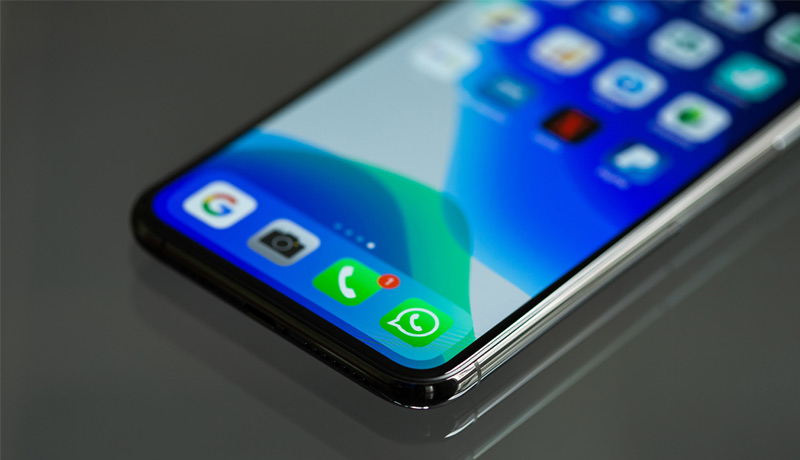
According to Gartner, Inc., global smartphone sales to end-users fell 6.8% in the third quarter of 2021 compared to the same period in 2020. Component shortages caused production plans to be disrupted, resulting in lower inventory and delayed product availability, which harmed end-user sales.
“Despite strong consumer demand, smartphone sales declined due to delayed product launches, longer delivery schedule and insufficient inventory at the channel,” said Anshul Gupta, senior research director at Gartner.
He added, “Supply constraints impacted the production schedule of basic and utility smartphones much more than premium smartphones.”
Smartphone production has been slowed due to a global shortage of components such as radiofrequency and power management integrated circuits. This threw off the supply-demand balance, leaving end-users with few options at the time of sale. Premium smartphone sales increased in the third quarter, despite a drop in overall smartphone sales.
In the third quarter of 2021, Apple recaptured the No. 2 spot among the top five worldwide smartphone providers in terms of end-user sales, while Xiaomi reclaimed the No. 3 spot (see Table 1). Samsung maintained its overall lead in smartphone sales, despite a 1.9 percent year-over-year fall in its market share. Despite the overall reduction, Samsung’s premium smartphone sales increased, owing to strong demand for revised foldable smartphones. Xiaomi, Vivo, and OPPO, all Chinese smartphone manufacturers, grew their market share by 1%, 2.4 percent, and 1.7 percent, respectively, year over year.
| Vendor | 3Q21 Units | 3Q21 Market Share (%) | 3Q20 Units | 3Q20 Market Share (%) |
| Samsung | 69,002.7 | 20.2 | 80,816.0 | 22.1 |
| Apple | 48,458.6 | 14.2 | 40,598.4 | 11.1 |
| Xiaomi | 44,483.3 | 13.0 | 44,405.4 | 12.1 |
| Vivo | 36,005.9 | 10.5 | 29,788.8 | 8.1 |
| OPPO | 33,623.9 | 9.8 | 29,850.4 | 8.1 |
| Others | 110,718.4 | 32.3 | 140,807.8 | 38.4 |
| Total | 342,292.8 | 100 | 366,266.9 | 100 |
Apple‘s iPhones continued to be in high demand, thanks to enticing feature improvements and an underserved 5G installed base. The key features that prompted iPhone updates were an upgraded bionic A15 sensor, greater battery life, and camera sensor optimization for better photography. Throughout the rest of 2021, Apple will continue to update its online channel and position trade-in programmes in order to boost demand for its 5G iPhones.
Xiaomi increased its global smartphone market share in the third quarter of 2021 thanks to a strong online channel-led strategy for market expansion in Europe and the Middle East and investments in communication service providers (CSPs) in these countries.
In the third quarter of 2021, Vivo had the largest year-over-year growth (20.9 percent) among the top five worldwide smartphone vendors. In the third quarter, the business launched 13 new smartphones to acquire a competitive advantage as it expands into new regions like Europe and the Middle East and adds additional offline retailers and experience stores to its plan.